Pawnee Buttes - Sentinels on the Plains
Thursday, July 16, 2009
 Keota, Colorado, United States
Keota, Colorado, United States
Colorado’s greatest natural wonders are mostly in its
mountains . It’s very rare to make anything on the Great Plains anywhere east of
Denver into a destination, and there are very few attractions in what was
called “The Great American Desert” by early explorers. One exception to that is
the Pawnee Buttes in northeastern Colorado, a landmark to which I have
surprisingly never been before despite having lived in nearby Cheyenne, Wyoming
for a year and a half as well as many years in the Denver/Boulder area.
So in trying to find something different to do, I suggested
to my friend Jerad that we check out the Pawnee Buttes. He had never been there
either and was game for it. However, when I mentioned it to other people their
response was, “Pawnee Buttes in the middle of July when it’s going to be about
100 degrees? Are you crazy?” Well, it’s Colorado, so it’s going to be “a dry
heat”! I know, that’s what they all say. Yes, I agree, a cooler time of year
might be better for the Buttes, but I want to go now.
The Pawnee Buttes are located about 10 miles south of where
Colorado, Wyoming, and Nebraska meet and are about 125 miles from Denver . It
doesn’t look all that far on a map, and there aren’t any major physical
barriers like mountains along the way, but in the West’s wide open spaces
distances are long. It was about noon by the time we got there (yeah, I know –
hottest time of day), but there’s no rush. The distance from the trailhead to
the Buttes is only about 1.5 miles…and it’s not as if it involves walking up a
mountain.
In some ways the grasslands east of Denver seem more remote
than the mountains. Like elsewhere on the Great Plains, it’s Big Sky Country
where you can see almost to the horizon in the rolling waves of grass. Much of
the plains is farmed and depending on time of year looks mostly like dirt fields,
green wheat shoots that turn brown in summer and fall, or irrigated corn
fields. The area around the Buttes, though, is part of Pawnee National
Grassland so much of the land is covered with rather natural grassland that
probably looks much the way it did before European settlement.
Anyway, the trail to the Buttes is about 1 .5 miles and
relatively level. We didn’t encounter any rattlesnakes or anything, probably
smarter than we humans out in the midday heat. In fact, we didn’t encounter any
other humans either. The Pawnee Buttes are around 300 feet tall and are all
that remains of a higher plain that was eroded away. In geologic time it probably
won’t take very long until they are entirely gone as well. You can walk all the
way around the western butte, but the eastern one is technically on private
land and can only be approached at some distance. Altogether it’s not the most
exciting hike in Colorado, but it’s quite unique scenery and completely
different from mountain hikes. Colorado’s immense variety is one of the reasons
I love living in the state.
Other Entries
-
1Arapahoe Glacier and Lost Lake -Indian Peaks Hikes
Sep 27292 days prior Eldora, United Statesphoto_camera34videocam 0comment 0
Eldora, United Statesphoto_camera34videocam 0comment 0 -
2Two Kellythons in Rocky Mountain National Park
Oct 04285 days prior Rocky Mountain National Park, United Statesphoto_camera62videocam 0comment 0
Rocky Mountain National Park, United Statesphoto_camera62videocam 0comment 0 -
3Clark Peak Hike - Remote Far Northern Colorado
Oct 19270 days prior Gould, United Statesphoto_camera38videocam 0comment 0
Gould, United Statesphoto_camera38videocam 0comment 0 -
4Mount Audubon Hike - Indian Peaks Wilderness
Oct 29260 days prior Ward, United Statesphoto_camera21videocam 0comment 0
Ward, United Statesphoto_camera21videocam 0comment 0 -
5Waterton Canyon Bike Ride - So Close to Denver
Nov 24234 days prior Waterton, United Statesphoto_camera38videocam 0comment 0
Waterton, United Statesphoto_camera38videocam 0comment 0 -
6Two Cycling "Kellythons" in Front Range Foothills
Mar 04134 days prior Gold Hill, United Statesphoto_camera9videocam 0comment 0
Gold Hill, United Statesphoto_camera9videocam 0comment 0 -
7Brian's Visit to Denver
May 3047 days prior Denver, United Statesphoto_camera15videocam 0comment 0
Denver, United Statesphoto_camera15videocam 0comment 0 -
8Bear Peak/Flatirons Hike with Myra
Jun 2125 days prior Boulder, United Statesphoto_camera20videocam 0comment 0
Boulder, United Statesphoto_camera20videocam 0comment 0 -
9Pawnee Buttes - Sentinels on the Plains
Jul 16 Keota, United Statesphoto_camera21videocam 0comment 0
Keota, United Statesphoto_camera21videocam 0comment 0 -
10Cheyenne Frontier Days - Daddy of Them All
Jul 259 days later Cheyenne, United Statesphoto_camera20videocam 0comment 0
Cheyenne, United Statesphoto_camera20videocam 0comment 0 -
11Castlewood Canyon State Park - Pines on Plains
Aug 0217 days later Franktown, United Statesphoto_camera25videocam 0comment 0
Franktown, United Statesphoto_camera25videocam 0comment 0 -
12Roxborough State Park - Standing Red Rocks
Aug 0318 days later Roxborough, United Statesphoto_camera26videocam 0comment 0
Roxborough, United Statesphoto_camera26videocam 0comment 0 -
13Trinidad & Ludlow - Historic Southern Colorado
Aug 0722 days later Trinidad, United Statesphoto_camera29videocam 0comment 0
Trinidad, United Statesphoto_camera29videocam 0comment 0 -
14West Spanish Peak - One Hell of a Steep Climb!
Aug 0823 days later Cuchara, United Statesphoto_camera36videocam 0comment 0
Cuchara, United Statesphoto_camera36videocam 0comment 0 -
15Great Sand Dunes National Park - Colorado's Sahara
Aug 0924 days later Great Sand Dunes National Park and Preserve, United Statesphoto_camera42videocam 0comment 0
Great Sand Dunes National Park and Preserve, United Statesphoto_camera42videocam 0comment 0 -
16San Luis Valley - The American Altiplano
Aug 1025 days later Crestone, United Statesphoto_camera21videocam 0comment 0
Crestone, United Statesphoto_camera21videocam 0comment 0 -
17El Dorado Canyon Hike
Aug 2439 days later Eldorado Springs, United Statesphoto_camera35videocam 0comment 0
Eldorado Springs, United Statesphoto_camera35videocam 0comment 0 -
18Cripple Creek/Victor Mining District - Gold Rush
Aug 2742 days later Cripple Creek, United Statesphoto_camera43videocam 0comment 0
Cripple Creek, United Statesphoto_camera43videocam 0comment 0 -
19Greenhorn Peak Hike - Highest Point in Wet Range
Aug 2843 days later Farisita, United Statesphoto_camera30videocam 0comment 0
Farisita, United Statesphoto_camera30videocam 0comment 0 -
20James Peak Hike - Three County Thirteener
Sep 0349 days later Saint Marys, United Statesphoto_camera40videocam 0comment 0
Saint Marys, United Statesphoto_camera40videocam 0comment 0 -
21Herman Gulch Hike & Silver Plume
Sep 1258 days later Silver Plume, United Statesphoto_camera13videocam 0comment 0
Silver Plume, United Statesphoto_camera13videocam 0comment 0 -
22Trans-Gore Range Hike - Summit Autumn Splendor
Sep 2773 days later Copper Mountain, United Statesphoto_camera41videocam 0comment 0
Copper Mountain, United Statesphoto_camera41videocam 0comment 0 -
23Golden & Dinosaur Ridge - Hikes Close to Home
Oct 1793 days later Golden, United Statesphoto_camera34videocam 0comment 0
Golden, United Statesphoto_camera34videocam 0comment 0 -
24Henry Moore in Denver Botanical Gardens
May 25313 days later Denver, United Statesphoto_camera57videocam 0comment 0
Denver, United Statesphoto_camera57videocam 0comment 0 -
25Late Spring in Rocky Mountain National Park
Jun 06325 days later Rocky Mountain National Park, United Statesphoto_camera32videocam 0comment 0
Rocky Mountain National Park, United Statesphoto_camera32videocam 0comment 0 -
26Greek Festival at Cathedral of the Assumption
Jun 19338 days later Denver, United Statesphoto_camera27videocam 0comment 0
Denver, United Statesphoto_camera27videocam 0comment 0 -
27Idaho Springs & the Mother Cabrini Shrine
Jul 14363 days later Idaho Springs, United Statesphoto_camera10videocam 0comment 0
Idaho Springs, United Statesphoto_camera10videocam 0comment 0

 Keota, Colorado, United States
Keota, Colorado, United States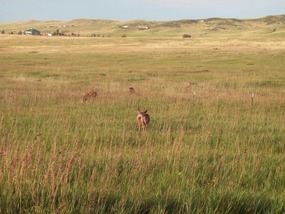
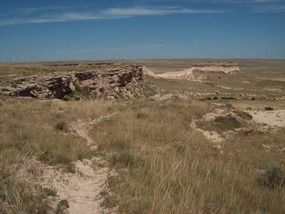
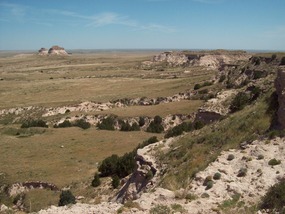

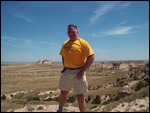
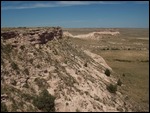
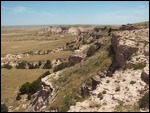
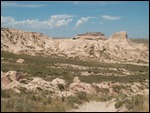
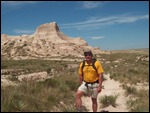
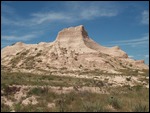
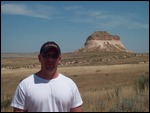
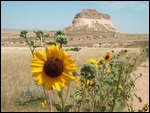
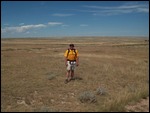
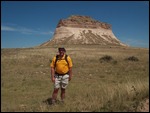
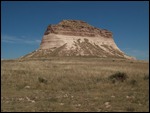

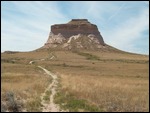
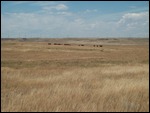
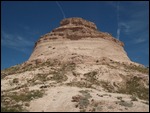
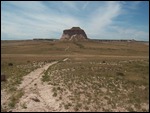
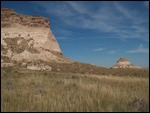
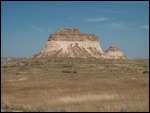
2025-05-22